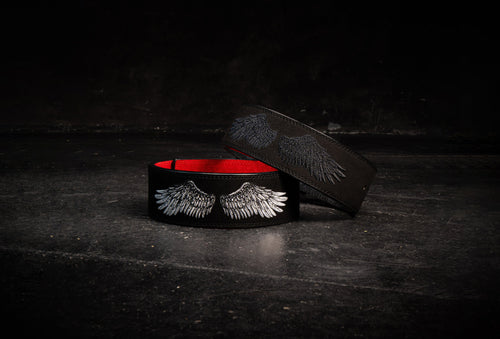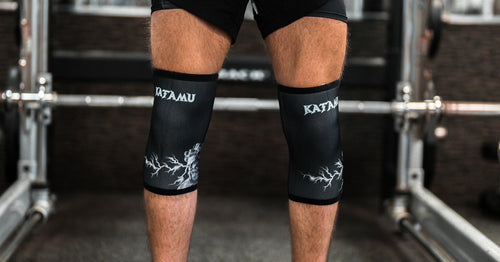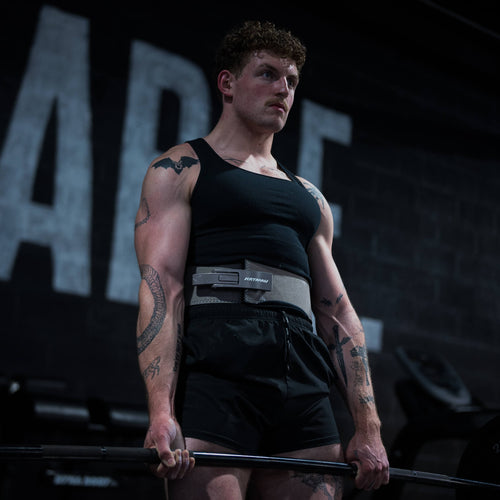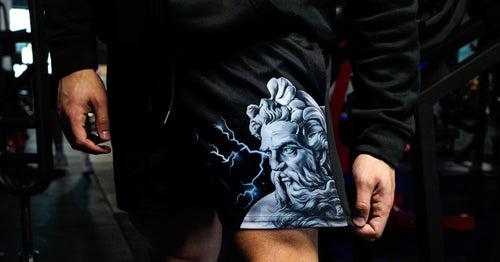Olympic lifting is surging in popularity, and the right gear can be the difference between new personal records and frustrating setbacks. For anyone looking to push boundaries in 2025, an olympic lifting belt is a vital tool that can boost performance, protect your back, and help you lift with confidence. Many lifters worry about injuries, lack of core support, and confusion when choosing a belt. This guide will give you expert advice so you can select the perfect olympic lifting belt for your goals. We’ll cover benefits, features, materials, sizing, top belt picks for 2025, care tips, and smart buying strategies.
Understanding Olympic Lifting Belts
Choosing the right olympic lifting belt is essential for anyone serious about Olympic-style strength training. Whether you are new to the sport or aiming for your next personal record, understanding what sets these belts apart helps you make an informed decision.
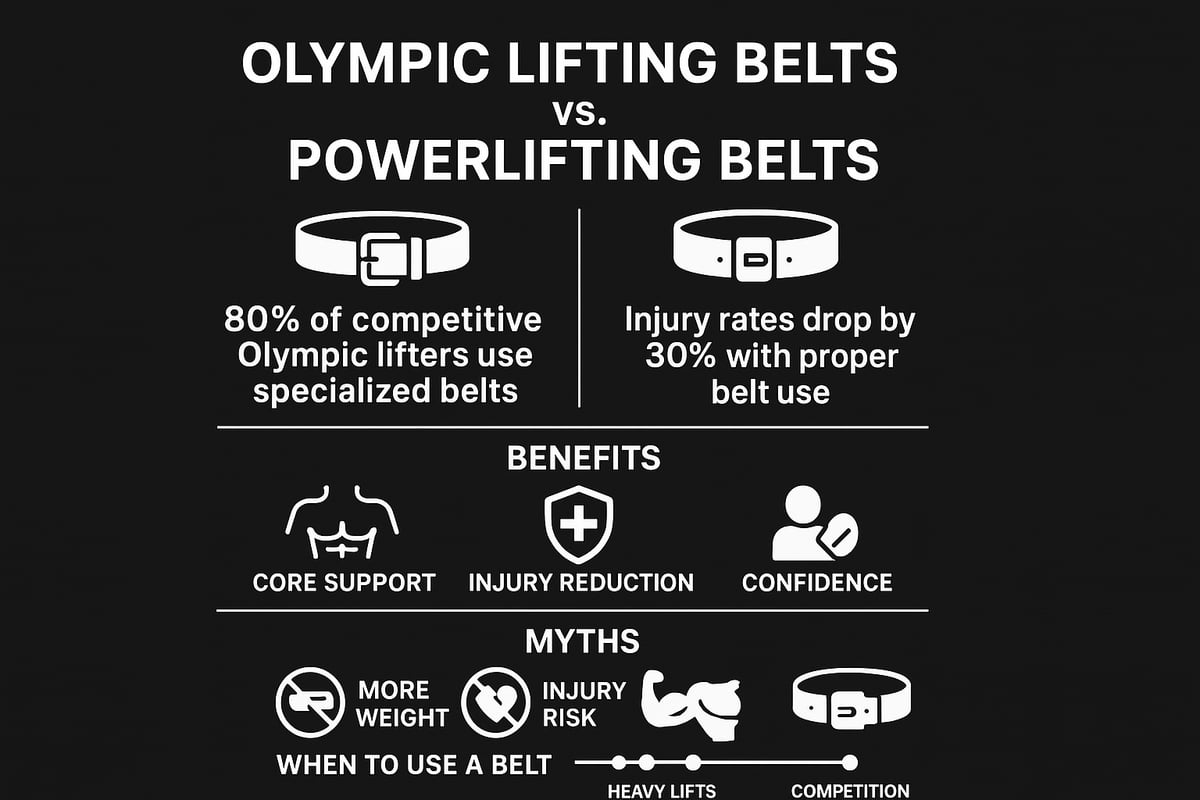
What Makes Olympic Lifting Belts Unique?
An olympic lifting belt is purpose-built for dynamic movements like the snatch and clean & jerk. Unlike powerlifting belts, which are typically stiff and uniformly wide, Olympic belts offer more flexibility and a tapered design. This means a wider back (usually 4 inches) and a narrower front (2–3 inches), allowing for deep squats without restricting movement.
These belts are crafted to stabilize your core while letting you move freely. Contoured fits and ergonomic tapers are standard, ensuring that the belt supports your spine without digging into your hips or ribs. According to surveys, 80% of competitive lifters use specialized belts designed specifically for Olympic lifts. General gym belts simply do not provide the same blend of support and mobility. For more details on what makes a good lifting belt effective, check out the Guide to Good Lifting Belts.
Benefits of Using an Olympic Lifting Belt
Wearing an olympic lifting belt enhances intra-abdominal pressure, which stabilizes your core and protects your lower back during heavy lifts. This extra support helps maintain proper technique and posture, crucial when handling maximal weights. Injury risk drops significantly—studies report up to a 30% reduction when belts are used correctly.
Many elite lifters credit their improved personal records to proper belt use, as it boosts confidence under heavy loads. Remember, a belt is a tool to assist—not replace—your natural bracing and core engagement. Used wisely, it can be a game-changer in your training routine.
Common Myths and Misconceptions
There are plenty of myths about the olympic lifting belt. Some believe that belts will weaken your core over time, or that any belt will do the job. In reality, research shows that proper use does not reduce core muscle activation. The key is to integrate the belt into your training without becoming overly reliant.
Another misconception is that all belts are the same. In truth, material, shape, and fit make a significant difference. Data shows that 65% of novice lifters misunderstand how belts actually work. Educating yourself on the correct use and features helps you get the most out of your gear.
When Should You Use a Belt?
An olympic lifting belt is not meant for every set or exercise. Most lifters save the belt for heavy singles, max attempts, or loads above 80–85% of their one-rep max. Warm-ups and technique work are typically performed without a belt to encourage natural bracing.
Overusing a belt can hinder the development of your core strength. Coaches recommend strategic use for peak performance and safety. When used at the right time, a quality belt helps you lift heavier with confidence while minimizing the risk of injury.
Key Features to Look for in an Olympic Lifting Belt
Choosing the right olympic lifting belt means understanding what sets the best belts apart. Each feature impacts comfort, performance, and longevity. Here is how to break down your options.
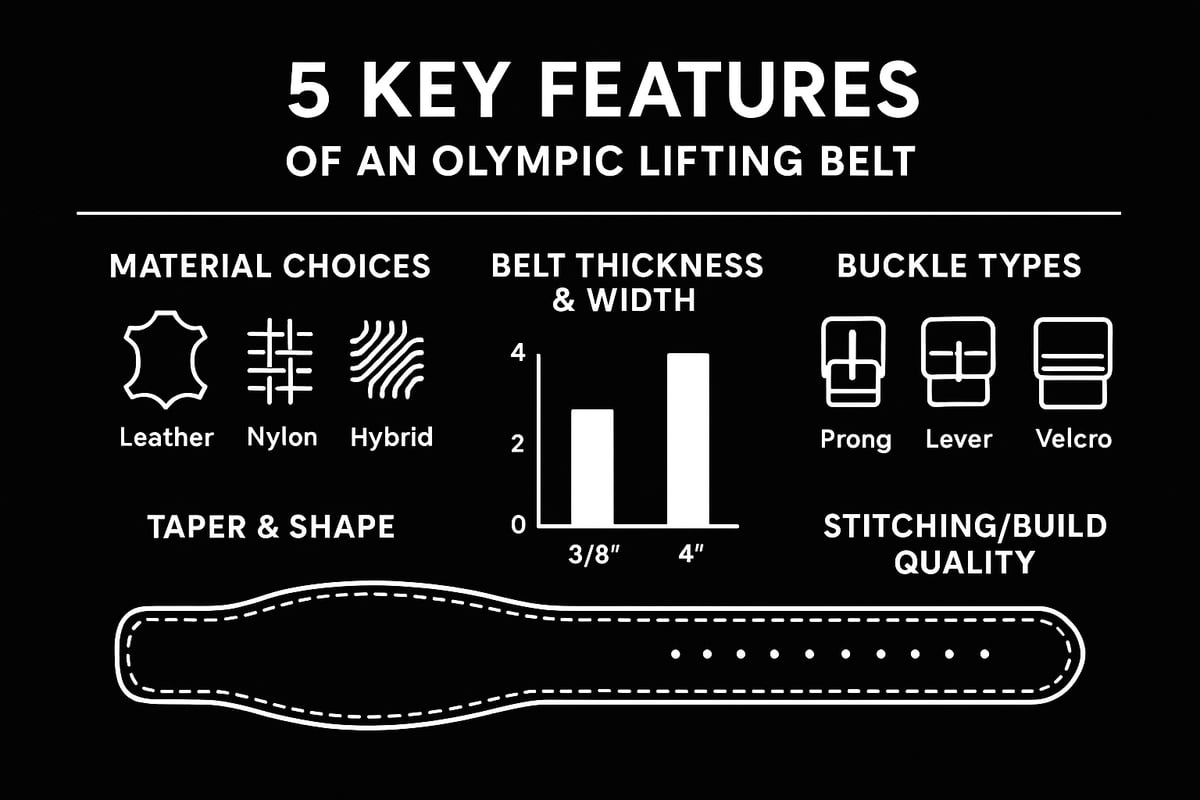
Material Choices: Leather vs. Nylon vs. Hybrid
The material of your olympic lifting belt is the foundation of its performance and feel. Leather belts are known for their unmatched durability and support, making them a favorite for heavy lifts. Nylon belts, on the other hand, offer flexibility and a lighter feel, which some lifters prefer for dynamic movements. Hybrid belts combine elements of both, aiming to balance support with comfort.
| Material | Durability | Flexibility | Popularity |
|---|---|---|---|
| Leather | High | Low | 60% |
| Nylon | Medium | High | 35% |
| Hybrid | High | Medium | 5% |
Top brands offer a variety of options, so always match the material to your lifting style and how often you train. The right olympic lifting belt material can make a big difference in your progress and comfort.
Belt Thickness and Width
Belt thickness and width directly influence support and mobility. Most olympic lifting belt models are between 6mm and 10mm thick. A thicker belt, such as an 8mm or 10mm leather belt, provides more support but can restrict movement, especially for deep squats or explosive lifts. Thinner belts, closer to 6mm, allow greater flexibility but offer slightly less core stabilization.
The back of an olympic lifting belt is typically 4 inches wide, tapering down to 2 or 3 inches at the front. This shape helps you maintain a strong core without digging into your hips or ribs. Finding the right balance between thickness and width ensures your olympic lifting belt supports you without limiting performance.
Buckle Type: Prong, Lever, or Velcro
The buckle system is more than just a closure, it affects convenience and how secure your olympic lifting belt feels during lifts. Prong buckles are traditional, providing solid adjustability and a secure fit. Lever buckles are favored for their quick on-and-off and consistent tightness, making them popular in competitions. Velcro belts offer speed and easy adjustments but tend to wear out faster with frequent use.
If you want a deeper dive into the benefits of lever buckles, check out this Lever Belt Benefits Explained guide. Most everyday lifters choose prong or lever buckles for reliability. Your choice should fit your training style and how much you value ease of use in an olympic lifting belt.
Taper and Shape
The unique shape of an olympic lifting belt is designed with mobility in mind. Tapered belts are wider at the back, usually around 4 inches, and narrower at the front, often between 2 and 2.5 inches. This design supports your lower back while allowing your torso to move freely in deep squats and overhead lifts.
Contoured belts follow the natural curve of your body, reducing pinching and improving comfort. Most new olympic lifting belt designs feature ergonomic tapers, making them ideal for explosive Olympic movements. Choosing the right shape helps you lift confidently without sacrificing mobility.
Stitching, Lining, and Build Quality
Build quality is the unsung hero of any olympic lifting belt. Reinforced stitching, such as double or triple seams, greatly extends the lifespan of the belt and prevents fraying. High-end belts often feature suede or microfiber lining, which adds grip and comfort while wicking away moisture.
Investing in a well-crafted olympic lifting belt means you get years of reliable support. Quality stitching can add two or more years to your belt’s life, and premium linings help maintain hygiene even through tough training cycles. When safety and comfort matter, craftsmanship should never be overlooked.
Sizing and Fit: How to Measure and Choose Correctly
Sizing your olympic lifting belt correctly is one of the most overlooked yet essential steps for performance and comfort. A well-fitted belt supports your lifts, while a poor fit can lead to frustration, discomfort, or even injury. Let’s break down how to measure, fit, and select the ideal belt for your body and training style.
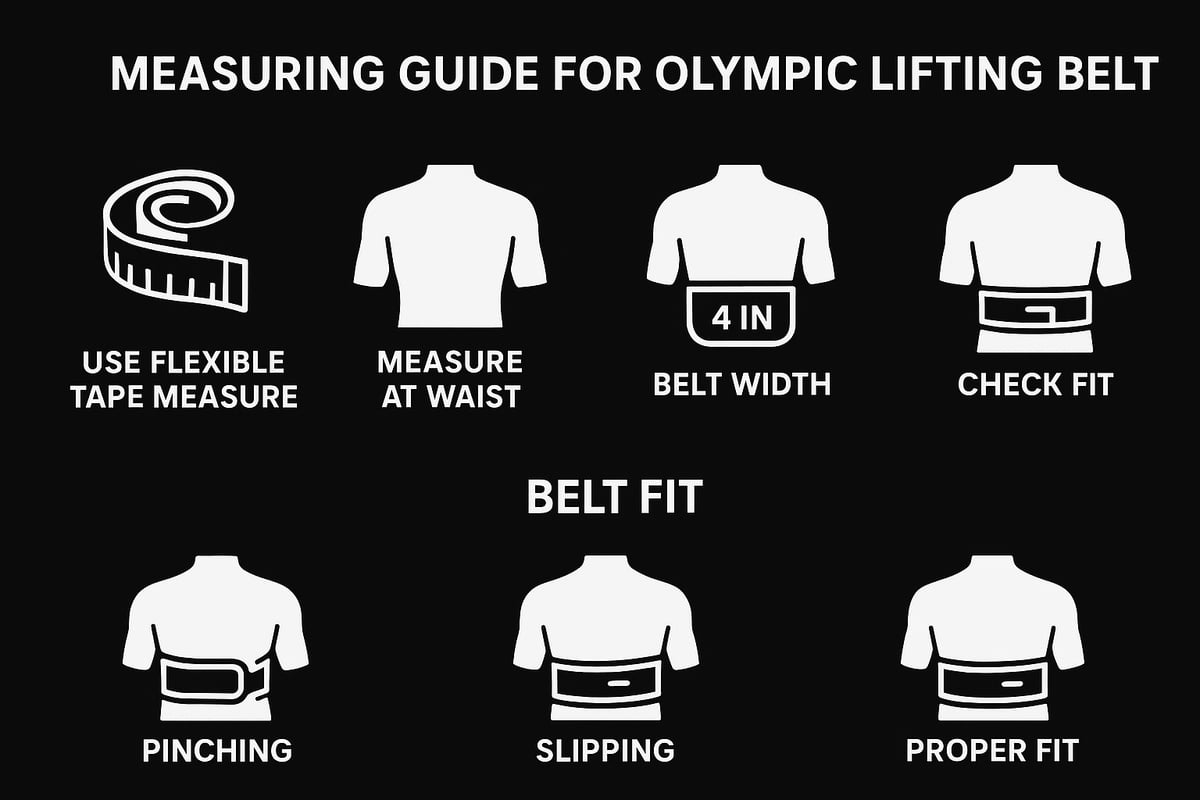
How to Measure for an Olympic Lifting Belt
Start by measuring your torso at the navel, not your pant waistline. Use a flexible tape measure to wrap around your abdomen, keeping it snug but not tight. This spot is where your olympic lifting belt will sit during lifts. Most brands offer specific sizing charts — always double-check these before purchasing.
- Stand upright and exhale naturally before measuring.
- Measure over your training clothes for accuracy.
- If between sizes, size down for a snugger fit.
Incorrect sizing is one of the top reasons belts are returned. About 40% of returns happen because of inaccurate measurements. Taking two minutes to measure correctly saves you time and ensures your olympic lifting belt fits just right.
Finding the Right Fit for Your Body Type
A perfect olympic lifting belt fit depends on your torso length, waist circumference, and lifting style. The belt should feel snug, providing support without restricting movement or breathing. For those with shorter torsos, a narrower belt may deliver better comfort and mobility.
- Consider your body proportions before choosing belt width.
- One-size-fits-all rarely delivers optimal results.
- Custom-fit or adjustable options are gaining popularity.
If you need more guidance, the Best Weightlifting Belts Guide offers detailed sizing tips and brand comparisons. Remember, the right olympic lifting belt should feel like a natural extension of your body, not a hindrance.
Adjustability and Break-In Period
When you first get a new olympic lifting belt, especially if it’s leather, expect a short break-in period. Leather belts often feel stiff for the first couple of weeks but gradually mold to your shape. Multiple prong settings or Velcro closures allow for micro-adjustments, helping you dial in the best fit.
- Leather belts: Require time to soften and contour.
- Velcro belts: Offer instant comfort but may wear out faster.
- Hybrid options: Balance immediate comfort and long-term durability.
Be patient as your olympic lifting belt adapts to your body. Short break-in discomfort usually leads to years of reliable, personalized support.
Signs of a Poor Fit and How to Avoid Them
An ill-fitting olympic lifting belt can pinch, bruise, or slide during lifts. If your belt rides up or down, feels too loose, or restricts your breathing, it’s time to reassess sizing. Proper fit means the belt stays in place and enhances your bracing, not hinders it.
Common red flags:
- Pinching or bruising at the hips or ribs
- Belt shifting during deep squats or pulls
- Difficulty breathing or bracing
About 25% of lifters report discomfort due to improper belt fit. Double-check your measurements and try on different models if possible. Getting the right olympic lifting belt fit is crucial for safety, confidence, and results.
Top Olympic Lifting Belts for 2025: Expert Picks and Reviews
Choosing the right olympic lifting belt can feel overwhelming with so many options available in 2025. To help you make a smart choice, we've broken down the top contenders by type, user, and unique features. Let's dive into what sets the best belts apart and which models experts recommend for every level of lifter.
Criteria for Selection
When evaluating the best olympic lifting belt options for 2025, several factors matter most. Durability, comfort, support, and adjustability all play a role, as does compliance with competition standards. Our expert picks are based on user reviews, product testing, and recommendations from coaches and athletes.
We only considered belts with 4.5+ star ratings and those that have proven performance in training and competition. To see a comprehensive review of the top-rated lifting belts, check out Top Lifting Belts Reviewed.
A quality olympic lifting belt is an investment that should last for years, so focus on craftsmanship and fit.
Best Leather Olympic Lifting Belts
Leather belts are the gold standard for many serious lifters. These belts offer maximum support, excellent durability, and a traditional feel that is hard to match. Features like reinforced stitching and a contoured design ensure comfort and longevity.
Elite lifters often choose 8mm or 10mm thick leather belts for their olympic lifting belt due to the balance of support and mobility. While the break-in period may take a few weeks, the result is a belt that molds to your body and can handle years of heavy use.
Most competition platforms favor leather models, making them a top pick for those aiming for new PRs.
Best Nylon and Hybrid Olympic Lifting Belts
Nylon and hybrid belts have gained popularity for their lightweight design and flexibility. Many olympic lifting belt users appreciate how these belts move with the body, making them ideal for dynamic lifts and high-volume training.
Popular among CrossFit athletes, nylon belts are easy to adjust and often feature quick-release Velcro closures. Hybrid models combine the support of leather with the comfort of nylon, giving lifters a versatile choice.
While they may not offer quite as much support as leather, they shine in training cycles and for athletes who value comfort.
Best Belts for Beginners
If you're new to Olympic weightlifting, starting with an entry-level olympic lifting belt makes sense. Beginner belts are usually more affordable, less intimidating, and come with clear sizing guides to help you get started with proper bracing.
These belts focus on versatility and ease of use, making them perfect for learning technique without a steep learning curve. The tradeoff is that they may not last as long or provide the same level of support as premium models.
Most new lifters find that a simple nylon or hybrid belt meets their early training needs.
Best Belts for Competitive Lifters
Competitive lifters need an olympic lifting belt that meets strict standards for support, fit, and competition approval. The best belts in this category offer custom sizing, maximum support, and a secure fit that boosts confidence during heavy attempts.
Top competitors often use leather belts with reinforced stitching and lever or prong buckles for consistent tightness. These belts come at a higher price point but deliver unmatched performance and durability.
Notably, the top 10 belts used in 2024 international meets were all built for elite competition.
Why Katamu Co’s Lever Belts Stand Out
Katamu Co has carved a niche in the olympic lifting belt market with its premium lever belts. These belts cater to both everyday gymgoers and serious lifters, offering unique designs that reflect individual style.
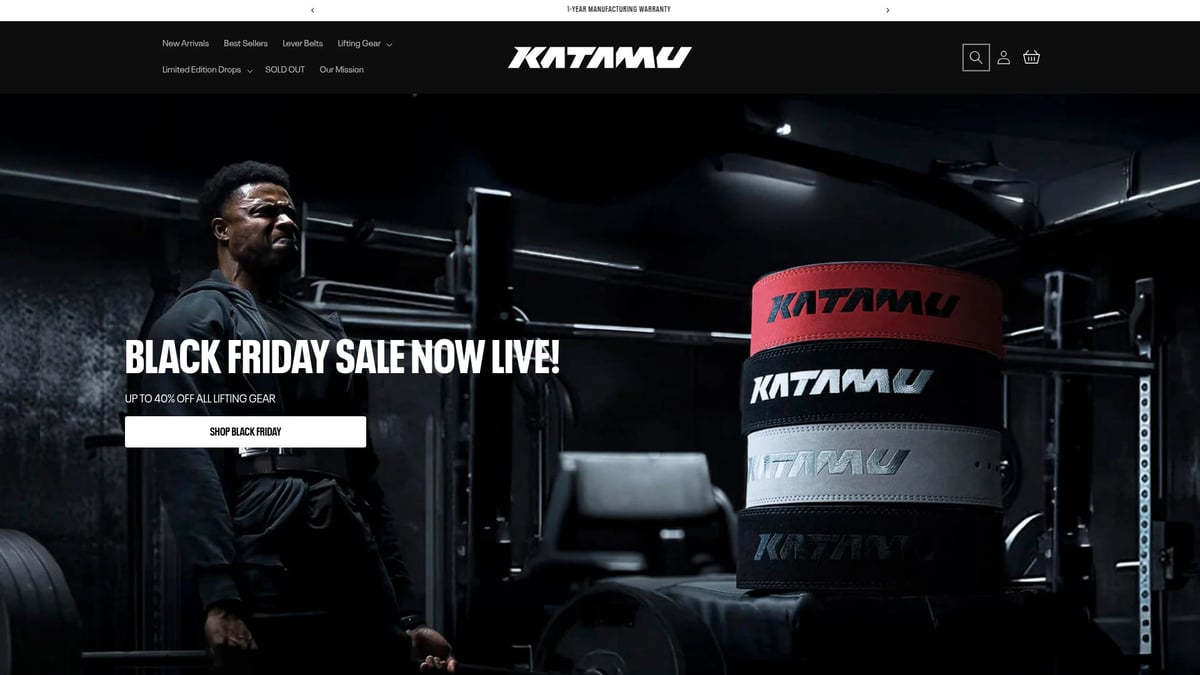
With high-quality materials and options for 10mm or 13mm thickness, Katamu belts are built for durability and comfort. The company also provides bundled kits that include knee sleeves, wrist wraps, and straps, making it easy to set up your entire lifting routine.
Lifters report increased comfort and confidence when using Katamu’s lever belts, and the brand’s customer-friendly policies make them a standout choice for 2025.
How to Use and Care for Your Olympic Lifting Belt
Using your olympic lifting belt correctly is essential for safety and getting the most out of your training. Many lifters overlook the importance of proper technique and care, which can lead to discomfort or reduced support. Let’s break down the best practices for wearing, maintaining, and storing your olympic lifting belt so it lasts and performs at its best.
Proper Belt Positioning and Technique
For optimal support, position your olympic lifting belt across the navel, not the hips or ribcage. The belt should feel snug but not restrict your breathing. To brace effectively, take a deep breath into your belly, then push outward against the belt as you lift. This increases intra-abdominal pressure and stabilizes your core.
Follow these steps for correct use:
- Center the belt over your belly button.
- Tighten until snug, allowing for a full breath.
- Practice bracing before each set.
Many lifters misuse their belts, wearing them too high or too loose. A weightlifting belt use patterns study found that improper placement and inconsistent use are common mistakes in gyms. Remember, the olympic lifting belt should enhance your natural bracing, not replace it.
Maintenance and Cleaning Tips
Regular maintenance keeps your olympic lifting belt in top condition. For leather belts, wipe down after each session and condition with leather balm monthly to prevent drying and cracking. Avoid leaving leather belts in damp environments. Nylon belts are easier to care for—most can be wiped clean or even machine washed on gentle cycles.
A basic cleaning routine:
- Leather: Wipe sweat, apply conditioner, air dry.
- Nylon: Spot clean or machine wash, air dry flat.
Consistent care preserves support and hygiene. Dirty or neglected belts can harbor bacteria and lose their structural integrity. Well-maintained belts not only last longer but also feel more comfortable during lifts.
When to Replace Your Belt
Knowing when to replace your olympic lifting belt is vital for safety. Check your belt regularly for signs of wear, such as cracking leather, frayed stitching, or a buckle that no longer holds tight. If the belt loses its shape or support, it’s time for an upgrade.
Typical belt lifespan:
- Leather: Five to ten years with proper care.
- Nylon: Two to four years, depending on frequency of use.
If you notice any of these issues, do not risk using a compromised belt. Replacing your olympic lifting belt at the right time ensures you always have reliable support for heavy lifts.
Storing Your Belt for Longevity
Proper storage extends the life of your olympic lifting belt. Always keep your belt in a cool, dry place away from direct sunlight, which can fade colors and weaken materials. Avoid folding or stuffing the belt into your gym bag, as this can cause warping.
Best storage practices:
- Hang the belt on a hook or rack.
- Keep away from sharp objects.
- Allow the belt to air out after workouts.
These simple habits prevent unwanted odors and maintain the belt’s shape. With good storage, your olympic lifting belt will stay ready for every training session.
Buying Guide: Where and How to Purchase the Best Olympic Lifting Belt in 2025
Choosing where and how to buy your olympic lifting belt can be just as important as selecting the right model. With the 2025 market offering more options than ever, it pays to be strategic. From online mega-retailers to specialty stores, each buying channel has unique benefits. Let’s break down what you need to know for a smart, stress-free purchase.
Shopping Online vs. In-Store
When it comes to buying an olympic lifting belt, you’ll find the widest selection online. Online retailers let you compare brands, read user reviews, and often score better deals or bundle offers. Shopping in-store, on the other hand, gives you the chance to try the belt on for fit and comfort before you commit.
Here’s a quick comparison:
| Feature | Online Shopping | In-Store Shopping |
|---|---|---|
| Selection | Extensive | Limited |
| Fit Testing | Not possible | Immediate |
| User Reviews | Easily accessible | Rarely available |
| Price | Often lower | May be higher |
| Convenience | Shop anytime | Requires visit |
Most major olympic lifting belt brands sell both ways. In 2024, 75% of belts were purchased online, but it’s smart to combine online research with an in-person fit check when possible.
Evaluating Price vs. Value
The price of an olympic lifting belt can range from $30 for entry-level models to over $120 for premium options. Price alone doesn’t tell the whole story—value comes from durability, warranty, customer service, and how well the belt fits your training needs.
Premium belts usually offer:
- Higher-grade materials
- Better warranties
- More precise sizing
- Superior craftsmanship
A more expensive olympic lifting belt may last twice as long as a budget pick, saving you money over time if you train frequently or compete. Consider how often you’ll use the belt and what features you truly need before deciding on your budget.
Warranty, Returns, and Customer Support
A solid warranty and easy returns can make or break your olympic lifting belt purchase. Leading brands often provide 30-day satisfaction guarantees and at least a one-year warranty. This safety net is especially important if you’re buying online, since you can’t test the belt first.
Look for:
- Clear return policies
- Responsive customer support
- Hassle-free exchanges
About 50% of buyers say warranty was a deciding factor in choosing their olympic lifting belt. Good support builds trust and ensures you won’t be stuck with a belt that doesn’t meet your expectations.
Reading Reviews and Community Recommendations
Before buying any olympic lifting belt, read both expert and user reviews. Verified buyer feedback gives you real-world insight into fit, comfort, and durability. Forums and social media groups can also be gold mines for honest opinions.
For instance, the Eleiko Weightlifting Belt review offers an in-depth look at a top-tier belt, including its features, construction, and performance in Olympic lifts. Aim to spot patterns in feedback—if multiple users mention sizing issues or praise a specific model’s comfort, take note.
Ninety percent of buyers trust peer reviews over marketing claims, so take time to research before clicking “buy.”
Avoiding Common Buying Mistakes
Even experienced lifters can make mistakes when purchasing an olympic lifting belt. Here’s how to sidestep the most common pitfalls:
- Don’t skip the sizing chart—measure at your navel for accuracy.
- Avoid impulse buys based on flashy ads.
- Double-check the return policy before ordering.
- Choose the right material for your training style.
- Watch out for unreliable sellers or knockoffs.
About 30% of belt returns are due to avoidable mistakes like ordering the wrong size or picking the wrong type. Careful research and a little patience will ensure you get the right belt for your needs.
Now that you know what sets a great Olympic lifting belt apart and how it can truly support your goals in 2025, it’s time to make your choice with confidence. You’ve got the knowledge to pick the right fit, material, and style for your training—so why not invest in gear that’s proven to last, feels amazing, and actually looks cool too? If you’re ready to take your lifts to the next level and build a setup that motivates you every time you hit the gym, Build your setup and see what premium quality really feels like.
